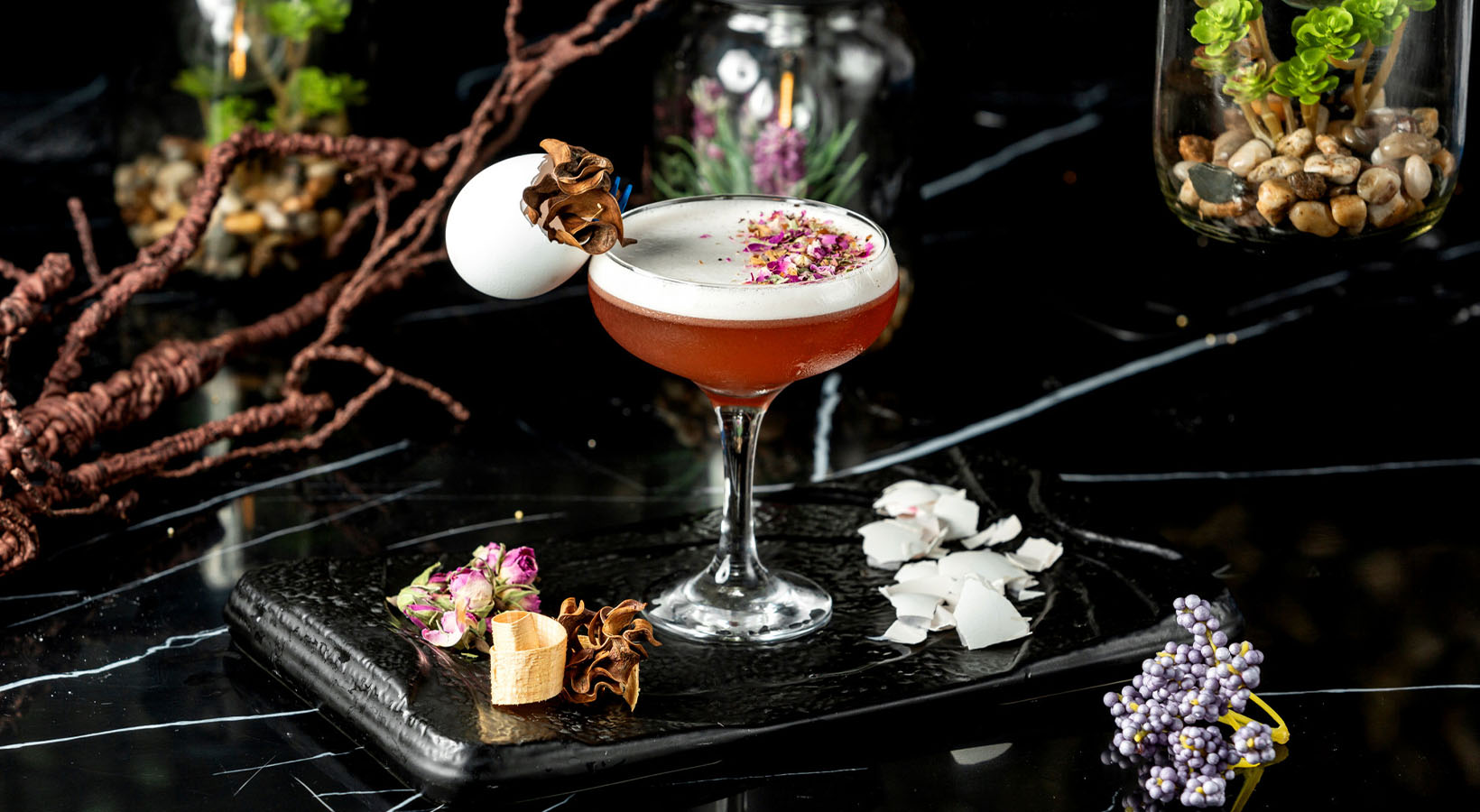
Here’s What You Need To Know About Serving Draft Cocktails
Draft cocktails have evolved from a passing trend, to an inevitable staple at trendy bars and popular restaurants across the UK. But what exactly is
Next Day Delivery
Wine drinking has been with us for a long time, but did you know that the first record of wine production dates back over 9,000 years? Or that white wine is arguably blue? Or that thirty years before Dom Perignon invented champagne, Christopher Merrett, an English scientist, documented how to put the fizz into sparkling wine?
Whilst the earliest scientific evidence of grapes is from 60-million-year-old fossil vines, the earliest traces of actual wine were discovered in the site of Hajji Firuz Tepe, in the northern Zagros Mountains of present-day Iran. The wine dates back to the Neolithic period (8500-4000 B.C.). Carbon dating confirmed the wine was produced sometime between 5400-5000 B.C.
China has one of the oldest and richest heritages of any civilisation, so it should come as no surprise that our earliest records for wine come from there. According to Patrick McGovern (Scientific Director of the Biomolecular Archaeology Project for Cuisine, Fermented Beverages, and Health at the University of Pennsylvania Museum in Philadelphia)
“The earliest chemically confirmed alcoholic beverage in the world was discovered at Jiahu in the Yellow River Valley of China (Henan province), ca. 7000-6600 B.C. (Early Neolithic Period). It was an extreme fermented beverage made of wild grapes (the earliest attested use), hawthorn, rice, and honey.”
Pottery was found containing traces of tartaric acid and tartrate, which are winemaking specific residues. These pots were tested using infrared spectroscopy and high-performance liquid chromatography and thirteen were confirmed to contain traces of wine.
Whilst China can claim to be the source of the oldest records of wine itself, it is a cave in Armenia that you need to visit to find the earliest evidence of a wine-making facility. In 2011, the National Geographic magazine published details of “the earliest, most reliable evidence of wine production.” The discovery of a large vat, next to a shallow clay basin suggested the traditional method of wine making, compressing grapes with bare feet to extract juice, was used. Pottery shards found in the cave were chemically tested and revealed traces of Malvidin, a plant pigment partially responsible for red wine’s colour.
This evidence may also help to answer the question about which wine came first, red or white. Red wine fermentation takes place with the skins on, giving the richer colour, texture, and favours of the grape skin. This is arguably the simpler process, and the discovery of red wine traces in Armenia suggest that red wine indeed came first.
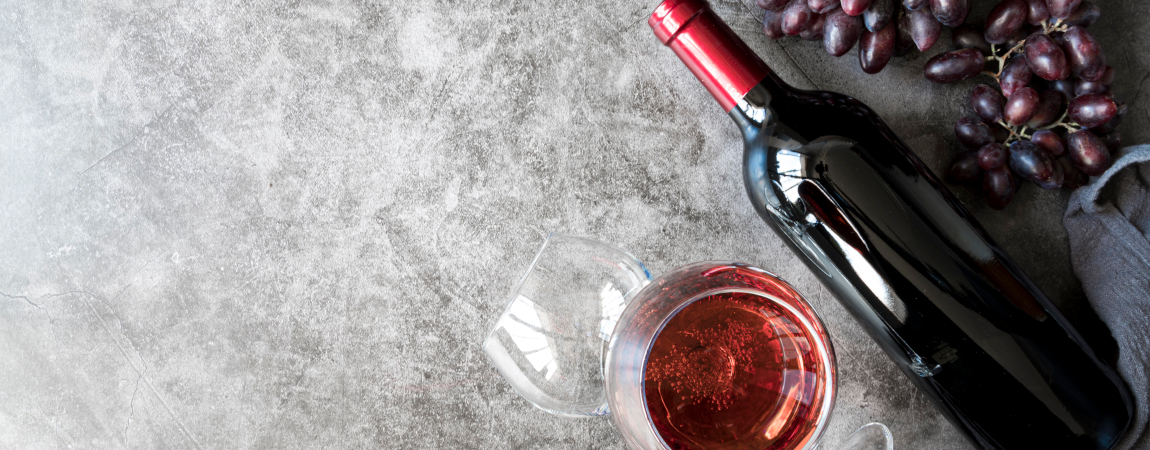
Historically, wine has not only been drunk for pleasure, but also for ceremonial purposes. In Egypt, evidence suggests that wine was predominantly red, symbolising blood in many ceremonies. Egyptians cultivated their own vines, with wine being very much the drink of the wealthy.
However, not all wine was red. When King Tutankhamun’s tomb was excavated, 36 wine jars were found, complete with date labels. Placed to the east, west and south of the sarcophagus, these jars contained red, white and high-quality fortified wine. There has been scientific research as to the symbolic meaning of the placement of these wines. Whatever the thinking, it shows the Egyptians knew how to make and respect great wines of many varieties.
The Greeks can be thanked for many things, including the discovery of one of the earliest wine presses. In 1949, Greek archaeologist Spyridon Marinatos discovered one of the oldest wine presses in the world at Vathypetro , four kilometres south of the town of Archanes on Crete.
Greek culture also gave us Dionysus, the god of the grape-harvest and winemaking (as well as insanity, ritual madness, and religious ecstasy.) He was the son of Zeus too, just in case it ever comes up in a quiz.
It was the Romans who took wine making to a new level. Among many things, such as classifying grape types, they also invented the wooden barrel to hold wine. However, of the many things that the Romans ever did for us, as a wine lover, it is the glass bottle that should stand out as a major milestone.
The Speyer wine bottle was discovered during the excavation of a Roman nobleman’s tomb. Sixteen glass bottles were found and amazingly, one still contained a liquid. Wine! The bottle and its contents can be found in the wine section of the Historical Museum of the Palatinate in Speyer.
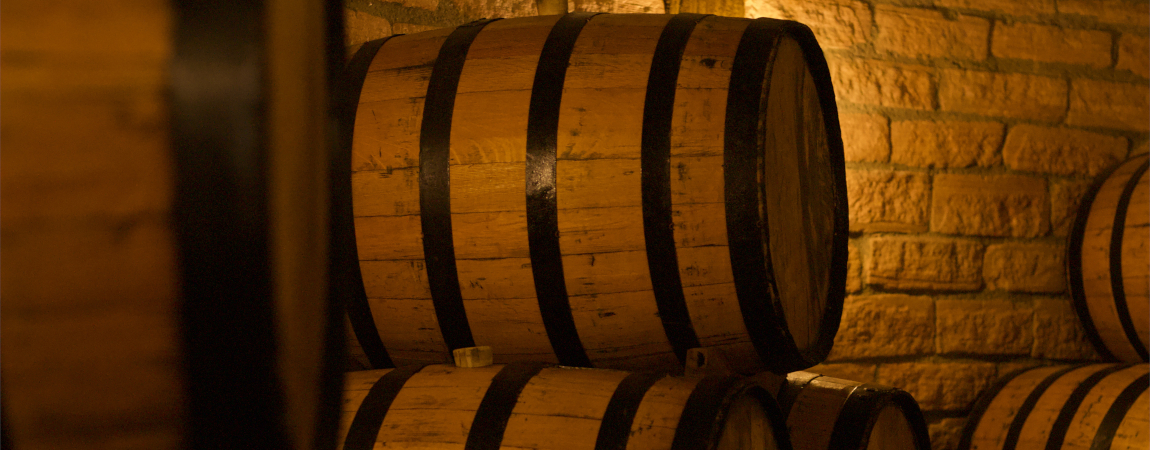
The fall of the Roman empire was fortunately not the end of the story for wine, quite the opposite in fact. In the Middle Ages, wine was a common drink, served alongside beer to peasants and nobility alike. The ongoing success of wine was partly due to religions such as Catholicism, who needed a good supply of red wine to celebrate mass. As a result, the Benedictine monks became one of the largest producers of wine in Germany and France. The wine followed everywhere the Catholic church went, which was everywhere!
If one region gets a thank-you for the development of wine, it should be Bordeaux. In 1152 the marriage of Henry Plantagenet and Aliénor d’Aquitaine made the province of Aquitaine, including Bordeaux, English. The mass export of French wines into Britain began. However, in 1337, war broke out with England, followed closely by the Black Death. When conflict ended in 1453, France had taken back control of the region and wine making. Exports declined.
With exploration and trading becoming worldwide, grape varieties and wine production methods were being widely shared. The Spanish conquistadors took European grape varieties to Mexico, in order to grow wines for the Eucharist. As more and more people discovered the ‘new world’ they took both grapes and wine-making knowledge with them. Wine culture expanded.
Closer to home, in 1697 a Benedictine monk called Dom Pérignon, had a good idea. Sparkling wine had a problem, dormant yeast in the bottle would start creating carbon dioxide as the weather warmed. As the gas expanded, bottles would explode, causing a chain reaction which could wipe out a year’s work, as well as causing serious injury. Dom Pérignon found a method to avoid fermentation, some of which is still used in the manufacture of Champagne today. The story that Dom Pérignon invented sparkling wine only has one flaw, the fact that an English scientist Christopher Merrett invented it thirty years before! We won’t comment on who makes the best sparkling wine, the only sure way to find out is through extensive personal testing!
Further afield, the rise of immigration and the benefits of the industrial age meant that wine was now being grown very successfully in countries like Australia, New Zealand, South Africa and Chile. So good were the wines, that in 1873 French judges, tasting blind, accidentally praised some wines from Australia. Their award was withdrawn under protest when the origin of the wine was revealed, on the grounds that “wines of this quality must clearly be French.”
Wine has never been so popular or wine culture so pervasive, as it is now. With access to the finest wines from across the globe, there has never been a better time to (responsibly) enjoy drinking wine. It does not matter which came first, red, or white, or if the English invented sparkling wine (which they did). What matters is the sheer wonder of the aroma, texture, and taste of your favourite grape derived beverage. The wonder that is a bottle of wine.
Here at Sparkling Wine, we help restaurants and bars serve delicious wine to their clients, as well as variety of on-tap cocktails, single-serve cocktails and dispensing equipment. We would love to hear from you if you have any questions about how we can serve your bar or restaurant.
Share Post:

Draft cocktails have evolved from a passing trend, to an inevitable staple at trendy bars and popular restaurants across the UK. But what exactly is
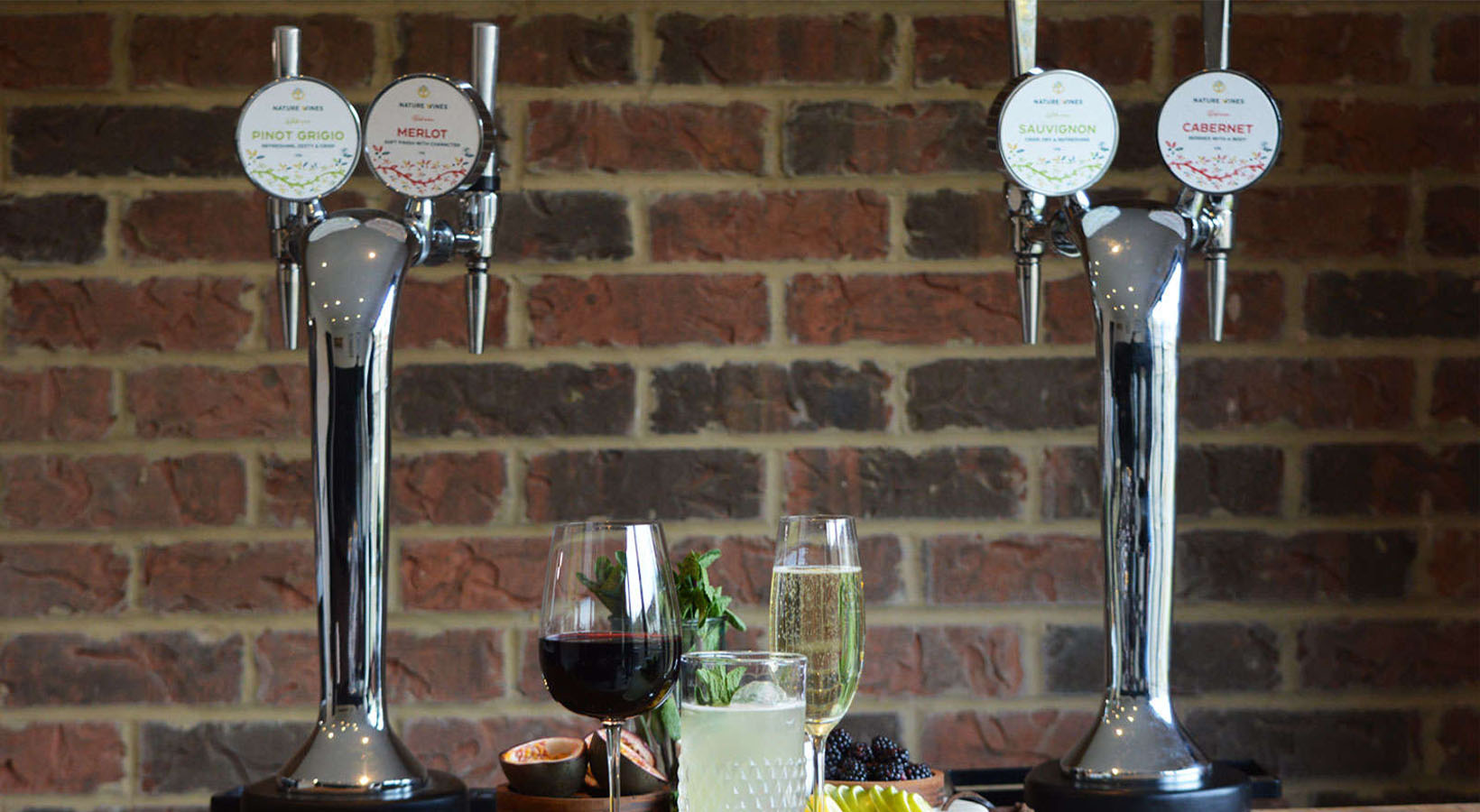
Wine on tap is growing in popularity for its practicality and value. Managing operations within a restaurant environment may feel like juggling one hundred things
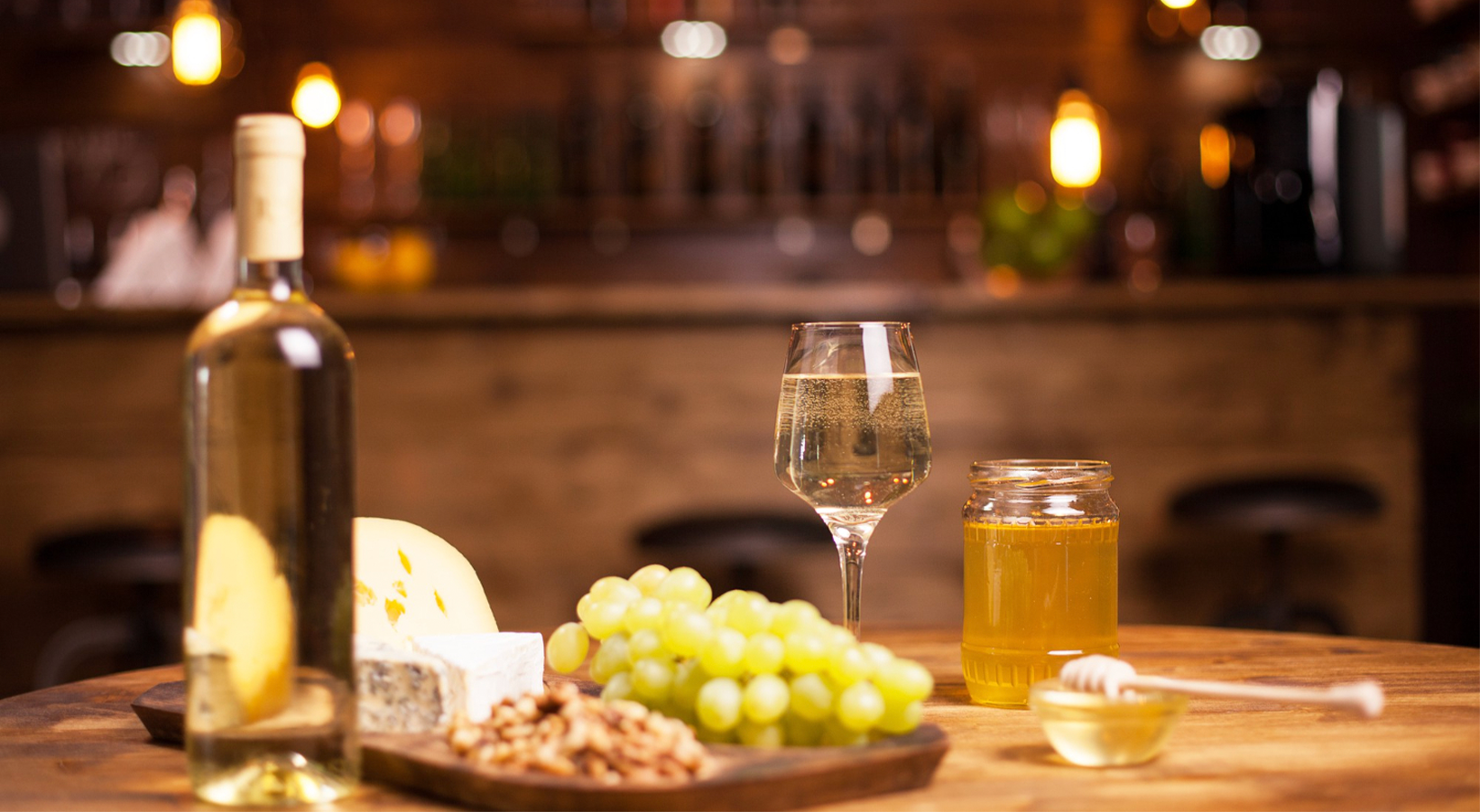
Most guides for pairing food and wine are overly strict. Truthfully, you can eat whatever you want while drinking whichever wine you choose. There are
© All Rights Reserved
Approved Alcohol Supplier – AWRS No: XWAW00000103629
VAT No: GB 113 272 944
Co Reg: 07645413
Registered Office: 75 The Mall, Swindon, Wiltshire, SN1 4JE
Approved Alcohol Supplier – AWRS No: XWAW00000103629
VAT No: GB 113 272 944
Co Reg: 07645413
Registered Office: 75 The Mall, Swindon, Wiltshire, SN1 4JE
Send us your details for a free sample